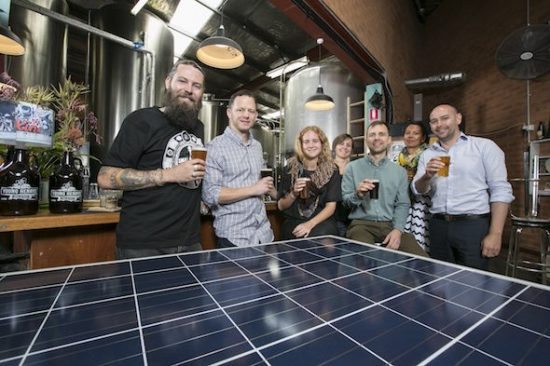Collaboration between tourism and the arts.
Central Gippsland Hosted Group Tour concept well received
November 19, 2004Farm & Country Tourism Kit to aid regional tourism
November 19, 2004Comments from Jane Bennett – Ashgrove Cheese Tasmania – in response to a request for advice on an arts co-operative/tourism project.
Gill Heal Project Coordinator with Wonthaggi’s Creatively Connecting Communities project in Wonthaggi organised a recent seminar where Jane Bennett spoke and she passes on the following ‘interesting stuff’ with Jane’s permission!
Jane is Managing Director, Ashgrove Cheese, Tasmania; she chairs the Tasmanian Food Industry Council and is a member of the National Food Industry Council. She says:
‘Tourism is always a difficult issue. I find regional communities often have a number of fairly small tourism operations. They are too small to get the critical mass to make it a viable business or to employ people so you end up with overworked owner operators who can have difficulty providing good customer service or experiences. This leaves the visitor with a very negative experience which they will relate to people. Word of mouth is either your best asset or your worst enemy. (My emphasis!)
To draw people into a region you generally need at least one big ticket item. It is hard to have an iconic tourism business in most regions but a centralised or co-located site will at least give the critical mass to enable the operation to make money. (Clustering small businesses as Yarragon highway strip of shops has done – the reverse to Loch Sport’s spread out natural assets and businesses – I presume is what Jane is talking about here)
An arts and craft centre that incorporates workshops would be brilliant. Tourists want and experience. It is one thing to visit a gallery….it is another to learn the story behind the creation or to watch an artist at work. This adds to the experience and brand loyalty.
Tour groups to our factory spend a lot more money if they first receive a talk about the business and how the cheese is made – more than if they spend twice as long browsing in the shop. The story inspires the buying then they tell family and friends – word of mouth promotion of brand and location.
It would be far better to develop one decent centre of arts and crafts than have numerous little businesses. A person dedicated to running the retail side of the centre can look after customers rather than the artists whose skills are not always in dealing with people. Technical questions can still be dealt with by the expert (the artist).
An advantage of an arts and crafts centre is that it can incorporate other components of the community – history, nature, environment. If you work on the incubator for the arts then you will actually create a location for a food and wine centre…. People who appreciate arts also appreciate good food and wine. The centre becomes an icon….an important component is the Visitor Information Centre.
I think the ideal project is to create an arts and crafts centre incorporating 3-6 artists, preferably with workshop space for a few. You will have more credibility if you get a couple of existing and known artists involved – you can plan to develop the food and wine centre as the development grows. A capacity to provide tourist info on other attractions in the region is a must from the start.
The location is important – needs to be a site that can allow for future growth and carparking. In some ways it is good to have it at the entrance to a region on a major tourist route as an introduction. The alternative is to locate it in the main town of the region.

